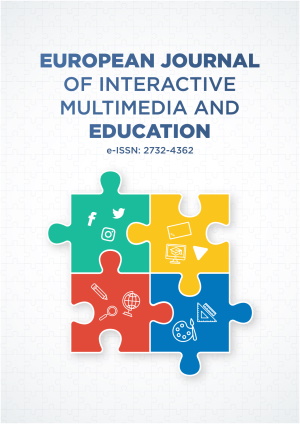Abstract
E-learning approach cannot be underrated in sustaining teaching-learning activities in the schools. This paper reports a survey done that assessed the E-learning approach organized by organized by Oyo State government for Oyo State secondary school students. The study adopted quantitative approach of descriptive survey. The target populations of the study comprised only Senior Secondary School students in class three (SSS 3) within Oyo State Secondary Schools. The sample of 200 students was selected using simple random, purposive and convenience sampling techniques respectively. An instrument was used for the study. The data were analysed using frequencies, percentage scores, pie charts, mean and standard deviation (SD). The findings showed students were highly aware e-learning programmes (60%) and highly participated during the programmes (62.5%). The study equally indicated that e-learning programmes on radio and television organized by Oyo State government was very highly efficient (57%). The study further indicated that inadequate power supply (x=3.45) and high cost of subscriptions to the satellite television stations (x=3.45) were factors hindering the students’ participation during the E-learning programmes on radio and television. The study recommended that Government should continue the e-learning programmes during and after CONVID-19 might have fully eradicated and they should equally incorporate other electronic devise for teaching-learning activities such as Zoom, Google Classroom and social media.
License
This is an open access article distributed under the Creative Commons Attribution License which permits unrestricted use, distribution, and reproduction in any medium, provided the original work is properly cited.
Article Type: Research Article
EUR J INTERACT MULTIMED ED, Volume 2, Issue 1, January 2021, Article No: e02103
https://doi.org/10.30935/ejimed/9361
Publication date: 03 Jan 2021
Article Views: 3543
Article Downloads: 1822
Open Access References How to cite this article
 Full Text (PDF)
Full Text (PDF)